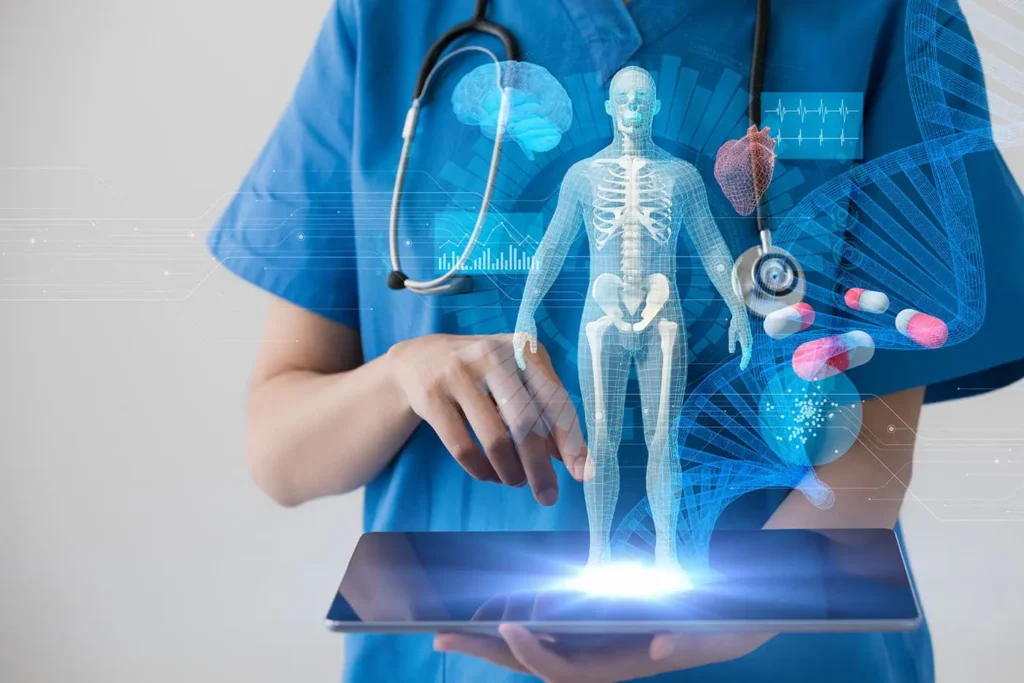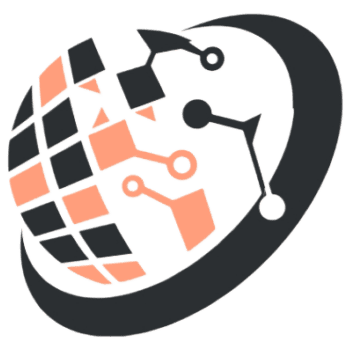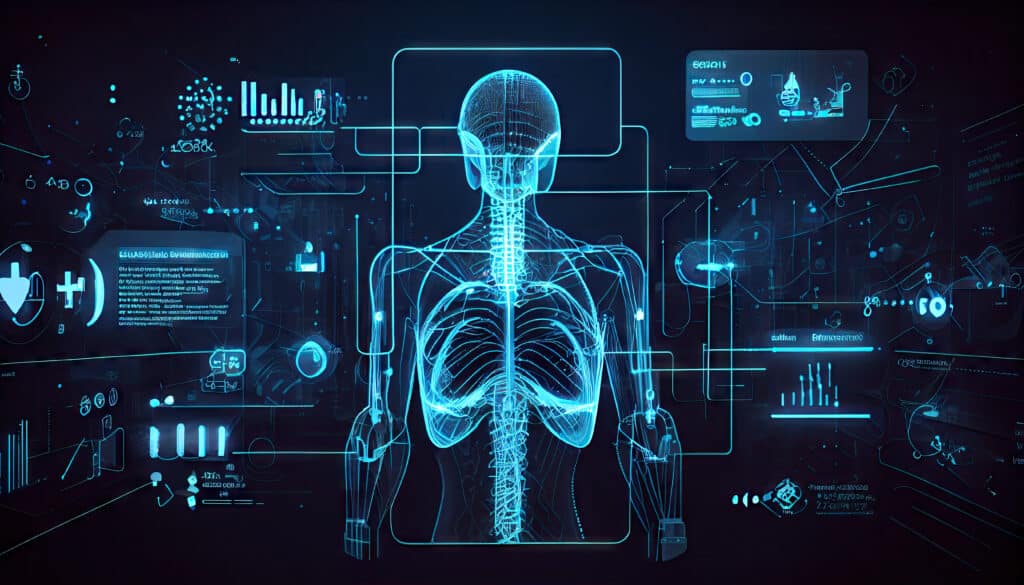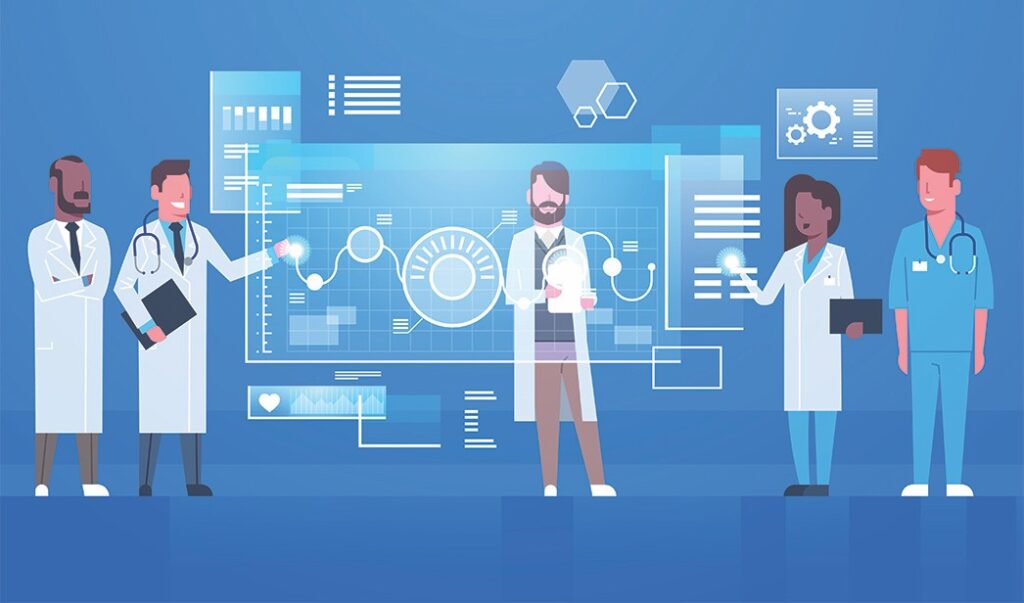Advancements in Medical Technologies: Transforming Healthcare for the Future
Introduction:
In state-of-the-art some years, the healthcare enterprise has witnessed modern-day changes, in large part driven via the short improvement of medical generation. These innovations, from current-day diagnostics to transformative remedies, are reshaping how we save you, diagnose, and address diseases. The feature of scientific technologies in contemporary-day healthcare can’t be overstated, as they provide new want for patients and promise greater inexperienced, effective, and personalised care.
1. The Evolution of Medical Technologies
Medical technology have come an extended manner for the purpose that invention of the primary stethoscope. Today, they encompass a large array of devices, remedies, and techniques that enhance patient consequences. From wearable fitness devices that song coronary coronary coronary heart charges to robot surgical treatment structures that permit minimally invasive strategies, medical generation are increasing healthcare possibilities. This evolution has been driven through breakthroughs in fields including artificial intelligence (AI), nanotechnology, and genomics.
Key Milestones in Medical Technology:
- The invention of the X-ray inside the early twentieth century revolutionized diagnostics.
- The introduction of MRI and CT scans enabled better imaging and sickness detection.
- The improvement of robot surgical systems has advanced precision in operations.
Each of these milestones has extensively changed how healthcare is delivered and has set the diploma for similarly developments.
2. Medical Technologies and Diagnostics
Early detection is essential in treating many diseases, in particular cancers, cardiovascular conditions, and neurological issues. Medical technologies have substantially advanced diagnostic abilties. Advanced imaging structures, like MRIs and PET scans, allow for clearer, extra correct photos of inner organs, facilitating early analysis of sicknesses that had been as soon as difficult to discover.
The Role of Artificial Intelligence in Diagnostics:
AI-powered diagnostic tool have grow to be a vital a part of modern-day healthcare. By analyzing big amounts of records, those equipment can pick out out out styles that people might also additionally forget approximately. AI in radiology, for instance, lets in scientific doctors stumble upon tumors at in advance degrees, improving survival fees. Machine analyzing algorithms have furthermore been advanced to beneficial beneficial resource in diagnosing coronary coronary heart situations, stroke risks, or maybe highbrow health troubles.
Medical generation in diagnostics not simplest assist in figuring out illnesses greater because it have to be however moreover in predicting ability fitness risks, bearing in thoughts preventive measures to be taken.
3. The Role of Medical Technologies in Treatment
The treatment panorama has passed through a exchange with the improvement of advanced medical era. Minimally invasive surgical techniques, powered thru robot structures, are in reality common in working rooms. These generation permit surgeons to perform complicated strategies with smaller incisions, primary to quicker recuperation instances and less headaches.
Robotics in Surgery:
Robotic-assisted surgical remedy has end up one of the most excellent enhancements in medical generation. Devices much like the da Vinci Surgical System provide surgeons with greater top notch precision, flexibility, and manipulate at some point of surgical techniques. These systems are especially useful in delicate operations together with prostatectomies, coronary heart surgical methods, or even excessive great kinds of mind surgical treatment.
Gene Therapy and Personalized Medicine:
Medical technologies have furthermore made strides within the realm of genetics. Gene remedy, which incorporates changing genes indoors a affected person’s cells to cope with infection, holds good sized promise in treating genetic issues. Personalized treatment, based totally on a affected individual’s particular genetic make-up, is any other step forward. By the use of clinical technology to collection the human genome, doctors can tailor treatments to individual patients, developing the likelihood of achievement.
4. Wearable Medical Technologies
Wearable health gadgets, collectively with smartwatches and health trackers, have obtained wonderful recognition in cutting-edge day years. These gadgets allow customers to track critical symptoms which incorporates coronary coronary heart fee, blood stress, and sleep patterns. However, their packages flow into past fitness tracking. Many of those gadgets now consist of skills that assist in detecting bizarre fitness situations.
Remote Monitoring and Telemedicine:
With the upward thrust of telemedicine, wearable clinical technology have allowed healthcare corporations to expose patients remotely. For humans with continual situations alongside aspect diabetes or immoderate blood pressure, wearable gadgets can ship actual-time records to docs, letting them interfere early in case of fitness issues. This no longer remarkable improves affected person results however moreover reduces the want for common in-character visits, easing the weight on healthcare structures.
5. Artificial Intelligence and Machine Learning in Healthcare

Artificial intelligence is some of the maximum transformative medical technologies in use nowadays. AI applications variety from predictive analytics that emerge as aware about capacity fitness risks to natural language processing (NLP) structures that might help scientific doctors interpret medical facts extra efficaciously.
AI for Predictive Analytics:
AI has been used to assume sickness outbreaks, display public health trends, and forecast person affected character results. By analyzing substantial quantities of clinical statistics, AI structures can expect the onset of conditions together with sepsis, heart attacks, or strokes earlier than they seem. These predictive models allow healthcare specialists to intrude proactively, doubtlessly saving lives.
AI in Drug Discovery:
Medical technology also are rushing up the technique of drug improvement. AI algorithms are clearly getting used to research organic statistics to are anticipating how one-of-a-type drugs will engage with the human body. This hastens the invention of new remedies for ailments that formerly had restrained or no remedies.
6. The Promise of Nanotechnology
Nanotechnology is every other present day-day-day venture that ensures to revolutionize remedy. This generation consists of manipulating depend on the nanoscale to create materials or devices that could engage with biological systems at the molecular degree. Nanomedicine is already being carried out in focused drug delivery, in which pills are delivered without delay to the internet web page of illness, minimizing detail effects and increasing efficacy.
Nanotechnology in Cancer Treatment:
Nanotechnology has verified top notch promise in treating most cancers. Nanoparticles may be engineered to supply chemotherapy tablets specially to tumor cells, decreasing harm to healthful tissues and improving the effectiveness of remedies. Additionally, nanoparticles are being explored as diagnostic equipment to discover cancers of their earliest levels, wherein treatments are most likely to achieve success.
7. The Future of Medical Technologies
As we appearance to the destiny, scientific technology will maintain to comply, supplying even extra promise for healthcare. Innovations which incorporates mind-pc interfaces, three-D-published organs, and the combination of digital reality in surgical treatment have to rework affected individual care in tactics we can not certainly agree with these days.
Challenges and Ethical Considerations:
With the rapid pace of innovation, there are worrying situations that need to be addressed. Privacy concerns, in particular spherical the collection and garage of fitness information, are big. Ethical troubles, in conjunction with the usage of AI in desire-making and gene improving, additionally need to be carefully examined. As clinical technologies preserve to enlarge, it will likely be crucial for policymakers and healthcare companies to balance innovation with patient safety and moral standards.
8. The Impact of Medical Technologies on Global Healthcare Access

One of the most tremendous techniques clinical generation are transforming healthcare is via manner of the usage of improving get entry to to care, especially in underserved or rural regions. Remote regions frequently face a lack of healthcare specialists and centers, however advances in telemedicine, diagnostic generation, and mobile health apps are assisting bridge the space.
Telemedicine: A Game Changer for Rural Healthcare
Telemedicine has turn out to be an vital tool for increasing healthcare access, specifically in a long way off places wherein get admission to to hospitals and clinics is limited. Through telemedicine structures, sufferers in rural areas can speak with specialists who may additionally additionally additionally otherwise be unavailable. Virtual consultations, blended with a ways flung diagnostic system, allow healthcare companies to diagnose and cope with a large shape of situations without the affected character having to depart their home.
For instance, mobile diagnostic device can allow healthcare human beings in rural clinics to behavior ultrasounds, display coronary coronary heart rhythms, and examine blood samples. The facts is then transmitted to town hospitals for professional analysis. This model has been specially powerful in areas with healthcare group of workers shortages, making sure that sufferers regardless of the fact that accumulate expert care but geographical barriers.
Mobile Health Applications: Empowering Patients
Mobile fitness (mHealth) applications are every one of a kind soar forward in clinical technology. With smartphones becoming ubiquitous, mHealth apps provide gear for sickness control, monitoring persistent conditions, and fitness schooling. These apps allow sufferers to manipulate situations like diabetes, immoderate blood pressure, hypersensitive reactions, or even intellectual fitness issues thru monitoring important signs and signs and symptoms, medication schedules, and workout sporting events.
Many mHealth apps additionally consist of AI to deliver customized guidelines primarily based on actual-time records, making them instead treasured for chronic disorder manage. This empowers sufferers to take a greater lively function in their healthcare and reduces the burden on healthcare facilities, which could recognition their assets on extra vital instances.
9. Artificial Intelligence in Personalized Medicine
Personalized remedy is one of the most interesting frontiers in healthcare nowadays, and artificial intelligence (AI) is gambling a essential feature in its evolution. Personalized remedy refers to scientific remedy this is tailored to the individual affected character, thinking about their genetic profile, way of existence, and surroundings. Unlike the quality-period-fits-all technique, personalised remedies goal to boom the efficacy of care on the identical time as minimizing issue outcomes.
AI and Genomic Medicine
The integration of AI with genomics is a key issue of customized treatment. AI can examine large sets of genetic data to discover genetic mutations that would predispose human beings to sure ailments or have an impact on how they reply to pills. By combining genomic sequencing with AI, researchers and clinicians can expand greater unique remedies or even are searching ahead to illness dangers years earlier than signs and symptoms show up.
For example, AI-pushed assessment of a affected character’s genome can assist understand the best chemotherapy capsules for treating most cancers, based mostly on how their unique genetic makeup interacts with numerous drugs. In addition, AI can display and feature a examine the improvement of genetic conditions, imparting precious insights into the effectiveness of treatments and bearing in thoughts non-prevent refinement of custom designed care plans.
AI in Pharmacogenomics
Pharmacogenomics, the study of ways genes have an effect on someone’s reaction to pills, is every different place in which AI is making a first-rate effect. By analyzing patient genetic facts, AI models can count on how a affected individual will metabolize a particular drug, permitting medical medical doctors to prescribe greater effective remedies with fewer issue outcomes. This custom designed approach to drug prescription ensures better consequences and reduces the risk of adverse reactions.
10. Regenerative Medicine and Stem Cell Technologies
Regenerative medication, which includes the replacement or regeneration of broken tissues and organs, is one of the maximum promising fields in medical era. Stem cell studies, which explores the potential of stem cells to regenerate broken tissues, has opened new possibilities for treating conditions that have been once taken into consideration incurable, which consist of spinal cord injuries, coronary coronary coronary heart contamination, and positive sorts of maximum cancers.
Stem Cells in Tissue Repair and Regeneration
Stem cells are precise in that they have the capability to distinguish into diverse kinds of cells, which include muscle, bone, or nerve cells, making them a powerful device in repairing or changing damaged tissues. Stem cell remedy plans are already getting used to address conditions like leukemia and lymphoma, wherein stem cells from a donor can help top off the frame’s blood cells after chemotherapy.
Researchers also are exploring the capacity of stem cells in regenerating damaged organs, in conjunction with the coronary coronary heart and liver, and even growing tissue within the laboratory to be used in transplantation. Although there are regardless of the reality that large challenges, specifically round the ethical issues and long-time period safety of stem cell remedies, the ability of regenerative remedy is exquisite.
Bioprinting: The Future of Organ Transplants
A modern era that holds top notch promise for regenerative remedy is three-D bioprinting. This technology lets in for the printing of human tissues and organs thru manner of layering residing cells to create complex systems. While bioprinting is still within the experimental phase, researchers have already succeeded in printing smooth tissues, together with pores and pores and pores and skin and cartilage. The prolonged-term intention is to print absolutely purposeful organs, that would revolutionize the sphere of organ transplantation with the aid of way of casting off the want for donor organs.
In the destiny, 3-D-determined organs may be customized to healthy a patient’s particular biology, lowering the threat of rejection and presenting a actually countless deliver of organs for transplant. This may additionally additionally want to appreciably reduce equipped times for lifestyles-saving transplants and in the end preserve endless lives.
11. The Role of Robotics in Precision Medicine
Robotics is another region wherein scientific generation have made a profound impact. Robotic structures in healthcare are designed to beautify the precision, dexterity, and usual performance of medical techniques. These technologies are mainly treasured in touchy surgical strategies, in which immoderate tiers of accuracy are critical.
Minimally Invasive Surgery with Robotic Assistance
One of the maximum well-known packages of clinical robotics is in minimally invasive surgical procedure. Robotic structures much like the da Vinci Surgical System permit surgeons to perform complicated strategies with more potent precision, smaller incisions, and plenty lots less trauma to the surrounding tissue. This reduces healing time, minimizes the risk of contamination, and consequences in a whole lot much less publish-operative ache for sufferers.
Robotics is likewise permitting “an extended manner flung surgical operation,” in which a clinical professional in one location can perform on a affected character in a few other, manner to immoderate-pace net and robot help. This technology is particularly beneficial in far off regions or at some point of emergencies while an professional health care expert won’t be to be had domestically.
Robotics in Rehabilitation
In addition to surgery, robotics is likewise gambling a feature in rehabilitation. Robotic exoskeletons, as an example, are supporting sufferers with spinal wire injuries or exclusive mobility impairments regain the capability to walk. These wearable gadgets provide bodily useful resource and motion assist, allowing sufferers to reinforce their muscles and enhance their motor abilities thru guided, repetitive motion.
12. Biotechnology and Drug Development: Accelerating Innovation
Advancements in biotechnology have substantially multiplied the drug development method. Medical technology along with CRISPR gene enhancing and immoderate-throughput screening are revolutionizing how researchers find out and broaden new capsules.
CRISPR and Gene Editing in Drug Development
CRISPR-Cas9, a innovative gene-improving generation, has enabled scientists to make particular changes to the DNA of living organisms, establishing new doors for genetic remedy plans and drug development. Researchers are the usage of CRISPR to increase treatments for genetic problems like sickle mobile anemia, cystic fibrosis, and muscular dystrophy.
In drug development, CRISPR can be used to create genetically changed cellular strains for trying out capability tablets more effectively. This reduces the time it takes to carry a drug to marketplace and will boom the chances of success by means of figuring out promising applicants earlier within the approach.
High-Throughput Screening: Speeding Up Drug Discovery
High-throughput screening (HTS) is a effective approach that uses computerized era to all at once take a look at loads of capability drug compounds. This manner permits pharmaceutical corporations to emerge as privy to promising drug candidates a top notch deal faster than conventional strategies. When mixed with AI algorithms, HTS can anticipate how one-of-a-kind compounds may additionally have interaction with the human frame, substantially reducing the want for big animal attempting out.
Conclusion: The Future of Medical Technologies in Healthcare
The destiny of healthcare is deeply intertwined with the continuing evolution of clinical technology. With improvements in AI, robotics, genomics, and biotechnology, the scientific problem is turning into more unique, personalised, and to be had than ever in advance than. These technologies are not simplest improving affected character results but moreover growing the scope of what’s possible in the realm of hospital treatment.
However, as we maintain to innovate, it will likely be important to address the ethical, regulatory, and societal demanding conditions that accompany those breakthroughs. Ensuring that those generation are used very well, equitably, and responsibly might be key to their a success integration into healthcare structures worldwide.
Ultimately, the promise of clinical era is apparent: to provide better care, enhance fitness outcomes, and make healthcare greater green and to be had to humans around the world. With persevered investment in research and development, the destiny of scientific technology holds the capability to revolutionize how we live, how we age, and the way we method health and well being in the twenty first century.



1 thought on “Advancements in Medical Technologies: Transforming Healthcare for the Future”